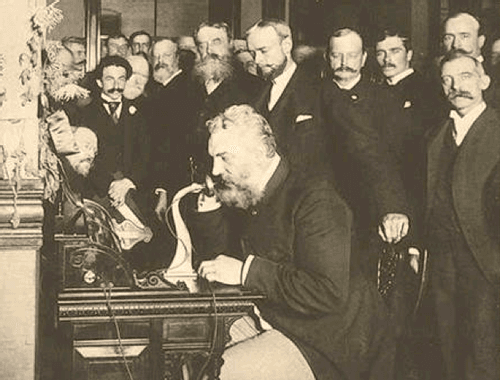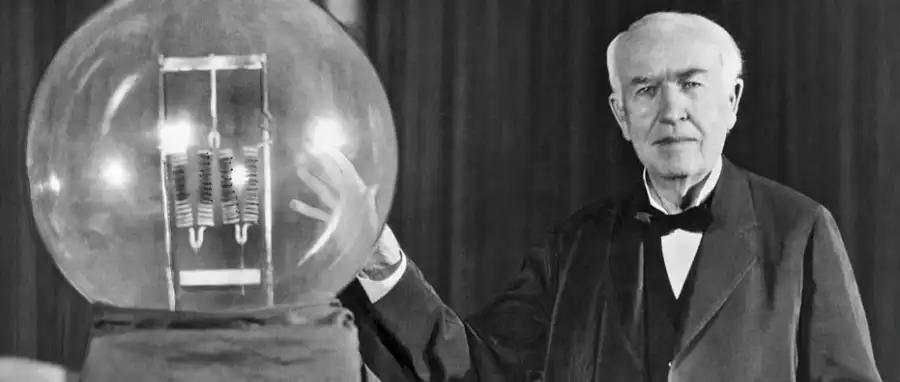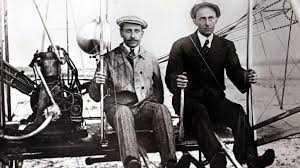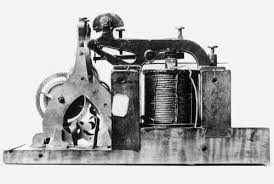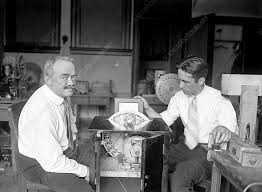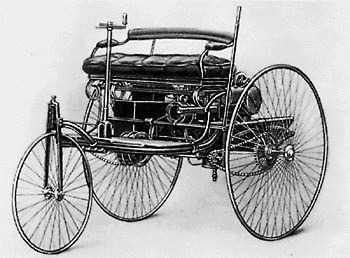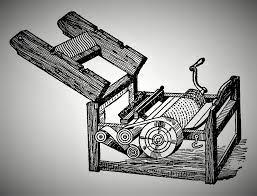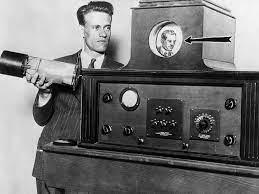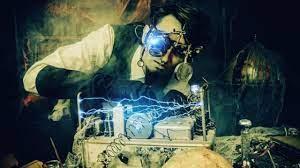Forget Edison: This is How History's Greatest Inventions Really Happened
Curated from: theatlantic.com
11
Explore the World's Best Ideas
Join today and uncover 100+ curated journeys from 50+ topics. Unlock access to our mobile app with extensive features.
LIGHT-BULB
Incandescent light bulbs existed before Thomas Edison, and when other inventors got wind of Edison's tinkerings, they roundly sued him for patent infringement.
So what did Edison actually do?
He discovered that a special species of bamboo had a higher resistance to electricity than carbonized paper, which means it could more efficiently produce light. Edison got rich off the bamboo, and from superior manufacturing and marketing of his product.
Like all great inventions, the light bulb can’t be credited to one inventor. It was a series of small improvements.
27
201 reads
THE AIRPLANE
Speaking of building bikes, that's exactly what Orville and Wilbur Wright did before they became the first team to fly a heavier-than-air machine.
When the Wrights asked the Smithsonian for all available information on the history of flight in 1899, they opened a history that had begun with DaVinci's scribbling and continued all the way to the 19th century gliders of Otto Liliental.
But the Wrights solved one of the most nagging problems of airplane developers -- stability -- by having "a single cable warp the wing and turn the rudder at the same time."
27
213 reads
TELEGRAPH
Samuel Morse was with friends and debating electromagnetism when he realized that if an electrical signal could travel instantly across a wire, why couldn't information do the same?
The telegraph was invented by not only Morse, but also Charles Wheatstone, Sir William Fothergill Cooke, Edward Davy, and Carl August von Steinhiel so near to each other that the British Supreme Court refused to issue one patent.
It was Joseph Henry, who discovered that coiling wire would strengthen electromagnetic induction.
Of Morse's contribution -- application of electromagnets to boost signal strength.
27
95 reads
TELEPHONE
Alexander Graham Bell invented a technology that would later bear his name. But how much did he deserve it?
The problem that Bell solved was to turn electrical signals into sounds.
Philip Reis had already designed a sound transmitter in 1860, and Hermann Ludwig Ferdinand von Helmholtz had already built a receiver. Bell's real contribution was "to vary the strength of the current to capture variations in voice and sound," Lemley writes.
He was racing against Thomas Edison. Even Bell's final product -- which combined transmitter, fluctuating current, and receiver -- had company.
26
94 reads
THE MOVIE PROJECTOR
Most of these stories here are about how we mistake incremental improvements. But the story of the movie projector is a story about theft.
Francis Jenkins built what we consider the ur-instrument of the motion-picture industry with a projector that showed strips of films for 1/24th of a second, creating the illusion of moving pictures.
But his financial backer stole the Jenkins prototype and sold it to a theater chain, which called it the "Edison Vitascope" for no better reason than the word Edison was familiar and useful for branding.
His legacy here was mostly the work of a thief.
27
73 reads
THE AUTOMOBILE
The car industry represents the epitome of incremental innovation. Take a tricycle. Add an engine. You've got a car. (Just look at the picture of the the original Benz Motorwagen from 1885).
Condensing the invention of cars to those six words leaves out a lot of detail and a few main characters.
It was Gottlieb Daimler and Wilhelm Maybach who designed the first four-wheel car with a four-stroke engine and Henry Ford who perfected the assembly line.
But the long story short is that the car was a typical "invention" that was far too complicated for one person to conceive on his won.
26
85 reads
COTTON GIN
The fabric cotton comes from cotton fibers that mix with seeds in the pods of cotton plants. To make the fabric, therefore, you have to separate the fibers from the seeds.
For centuries this was done mostly by hand, until Eli Whitney "invented" the cotton gin in 1793.
Five years earlier, in 1788, Joseph Eve developed his own mechanized self-feeding roller gin.
In 1795, John Barcley filed a patent on a gin featuring circles of teeth -- awfully similar to Whitney's wire-tooth model.
In short, the modern cotton gin was a eureka moment that multiple inventors experienced.
26
70 reads
TELEVISION
The "Farnsworth Invention" was named after Philo T. Farnsworth, the nominal father of television. But his invention was neither his nor an invention.
In 1927, Farnsworth projected a straight line on a machine he called the Image Dissector, which is truly the basis for the all-electronic television.
One key was the cathode ray tube, but the cathode ray tube itself has so many fathers that it's difficult to say exactly who invented even the central organ of the television.
"It may be accurate to describe Farnsworth as an inventor of the television, but surely not as the inventor,"
26
71 reads
Four inventors they're almost all accidents
- Alexander Fleming discovered the anti-bacterial properties of penicillin because a sample of bacteria had accidentally been contaminated with mold.
- Charles Goodyear discovered vulcanized rubber when a batch of rubber was accidentally left on a stove; Goodyear had thought that heat was a problem for rubber, not solution.
- Wilson Greatbatch developed the pacemaker when he accidentally grabbed the wrong resistor from a box when he was completing a circuit.
- Louis Daguerre invented film when, having failed to produce an image on an iodized silver plate.
27
96 reads
IDEAS CURATED BY
Shirish Katkar's ideas are part of this journey:
Learn more about technologyandthefuture with this collection
Understanding machine learning models
Improving data analysis and decision-making
How Google uses logic in machine learning
Related collections
Similar ideas
6 ideas
The Evolution of the Microphone
thoughtco.com
6 ideas
How Communication Evolved From Pictures to Letters
thoughtco.com
5 ideas
5 Most Important Inventions of all Time
famousscientists.org
Read & Learn
20x Faster
without
deepstash
with
deepstash
with
deepstash
Personalized microlearning
—
100+ Learning Journeys
—
Access to 200,000+ ideas
—
Access to the mobile app
—
Unlimited idea saving
—
—
Unlimited history
—
—
Unlimited listening to ideas
—
—
Downloading & offline access
—
—
Supercharge your mind with one idea per day
Enter your email and spend 1 minute every day to learn something new.
I agree to receive email updates
